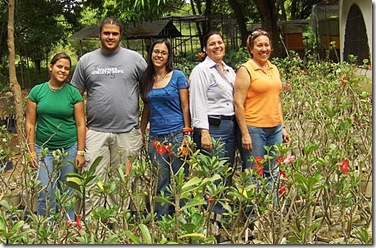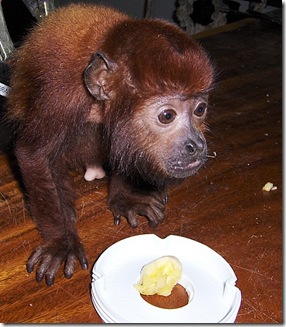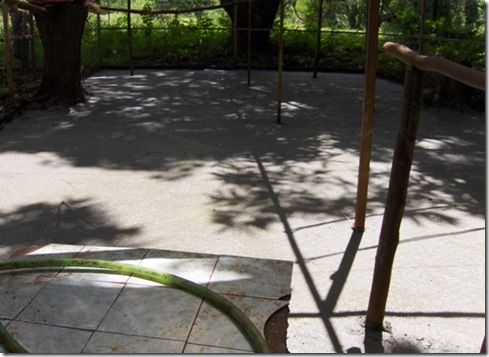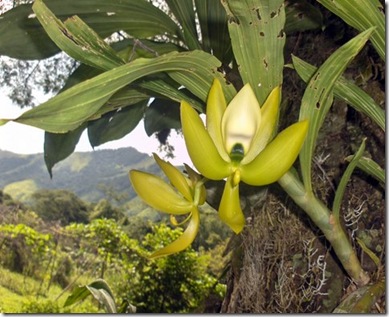

The remarkable thing about our shelter is that many of the families of the monkeys, not only keep in touch but are still actively concerned with the children's welfare. With our blog, forget me not, we set out to keep everyone informed about the well being of the children here but more than that, to relate some of the events and changes that take place.
Very typically, we received some correspondence from a family about the cement program. As well as giving us some excellent technical advice regarding the use of cement, the family also expressed some concern. I would like to share that with you.
The family wrote: (my translation, any errors are mine).
I think that the children should have contact with the earth floor for diverse reasons that I enumerate next:
1) The earth is softer should they fall,
2) This is what is in their inhabit natural,
3) The concrete is very rough for their paws or slippery if it has the finish of refined cement and
4) I think they should have a small area of the cage with concrete floor to avoid the mud in times of rain.
This was my reply:
Thank you for your helpful expert advice. My calculations on cement were very rough. I simply observed the amount used on an experimental cementing of the area around a feeding area, and then extrapolated for the whole area. I have included the old big enclosure which is no longer used. We intend to repair and maintain it.
I understand your concern about cementing the ground. I also agree with what you say. But there are other considerations to take into account and it is necessary to make a decision based on the best health consideration for the monkeys.
Here is my reasoning. This is wild country. The soil of the forest is old and contaminated with nematodes, parasites. We keep our children in large enclosures in order to separate them from the forest. The wild monkeys frequently carry parasitic diseases some of which are indigenous to the forests. We frequently monitor the faeces of the monkeys to determine if they are infected. Occasionally this test is positive and we take veterinary medical action. This is also true of the mountain water, we prepare the children’s drinks with only filtered water.
There is no possibility of eradicating the nematodes they are very resistant to sprays and disinfectants. Even the best of these sprays are toxic to the monkeys. The nematodes can live in the soil dormant for many years. To reinforce my knowledge of these parasites I recently took a couple of university refresher courses on this subject.
My opinion is that suppressing the parasite activity by using cement is the only means we have of protecting the children against them.
I realise that this has drawbacks but I believe the advantage outweighs the disadvantage. The children are very athletic and never fall to the ground in spite of their great gymnastic ability.
I hope this explanation clarifies the problem and explains my actions.
We are delighted with this interaction which is totally in the spirit of Forget me not. Please write to us if you have ideas or concerns. We love to hear from you.
Today we have photographs of Manina and Tutti. Tutti of course is the little one on the right.



















